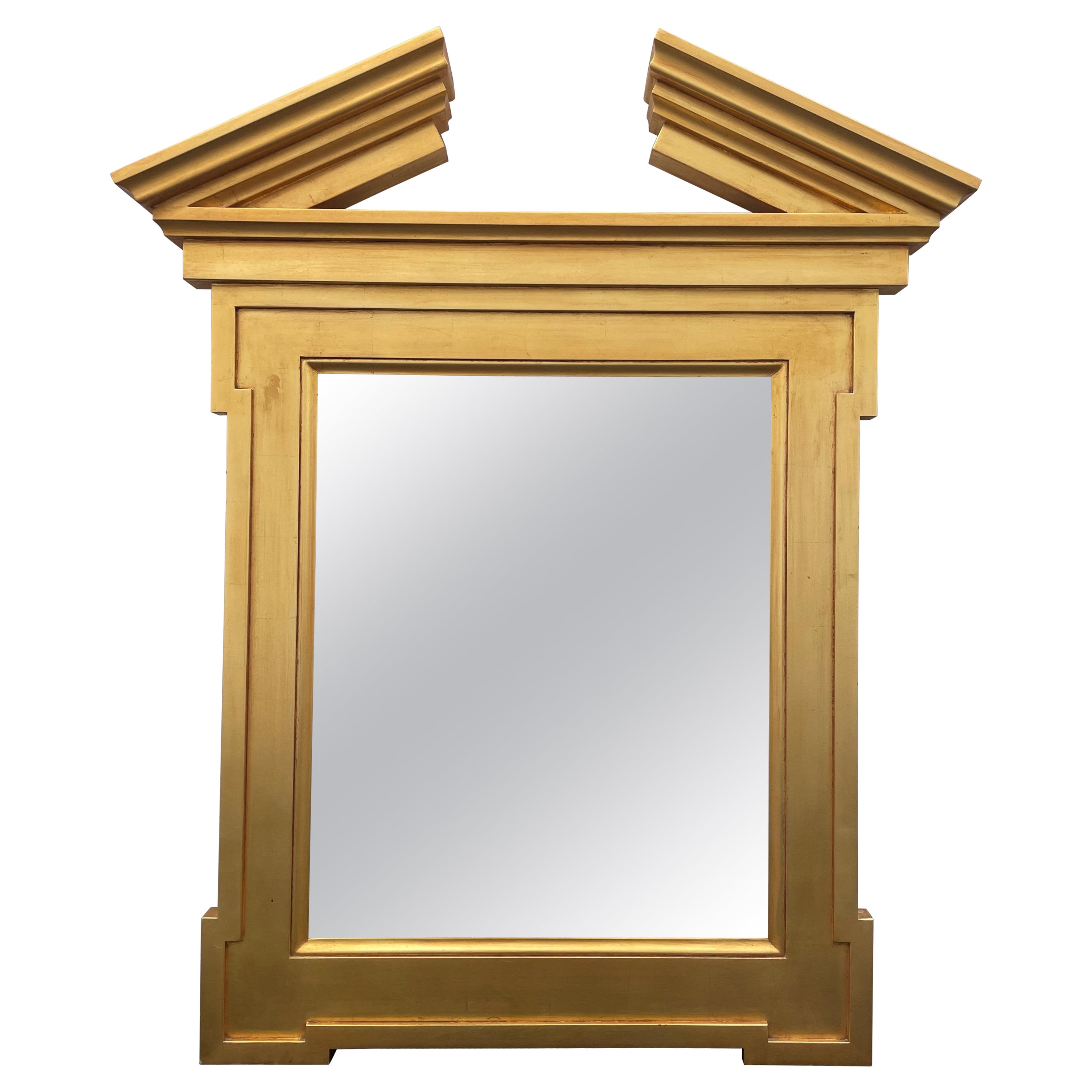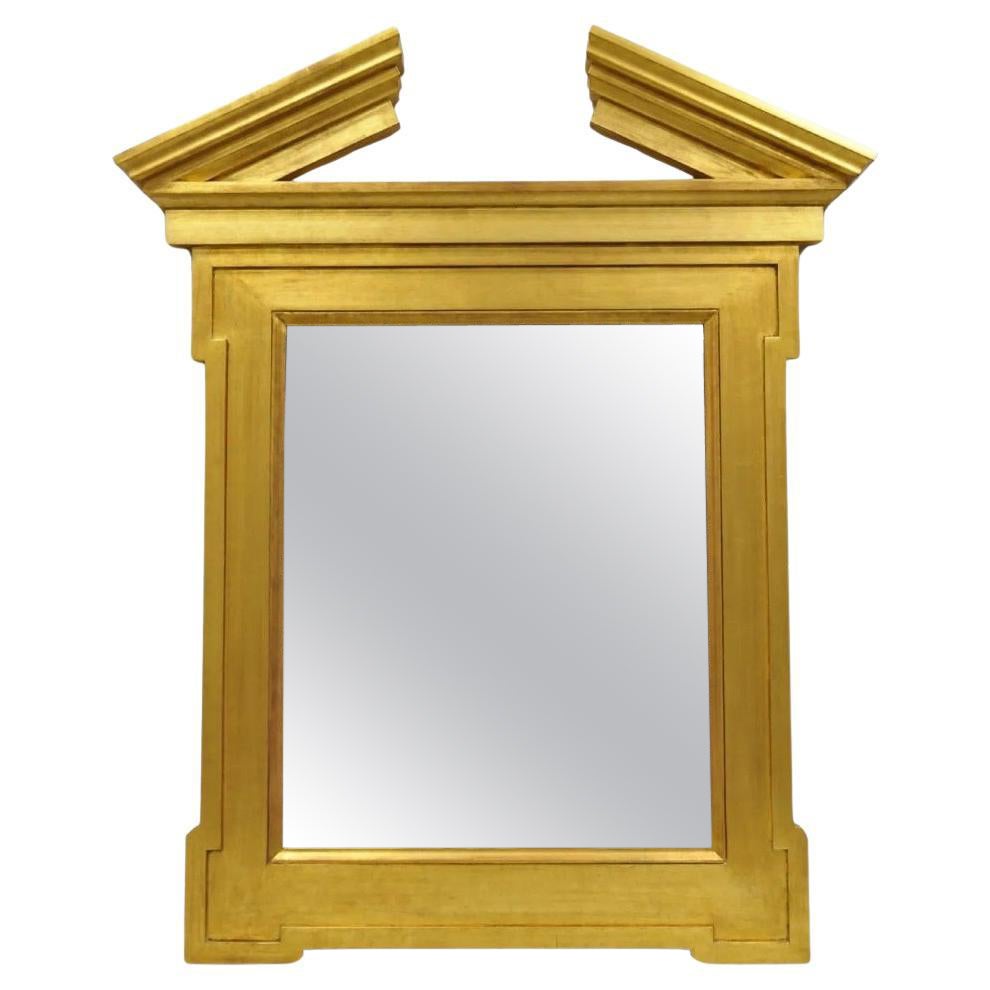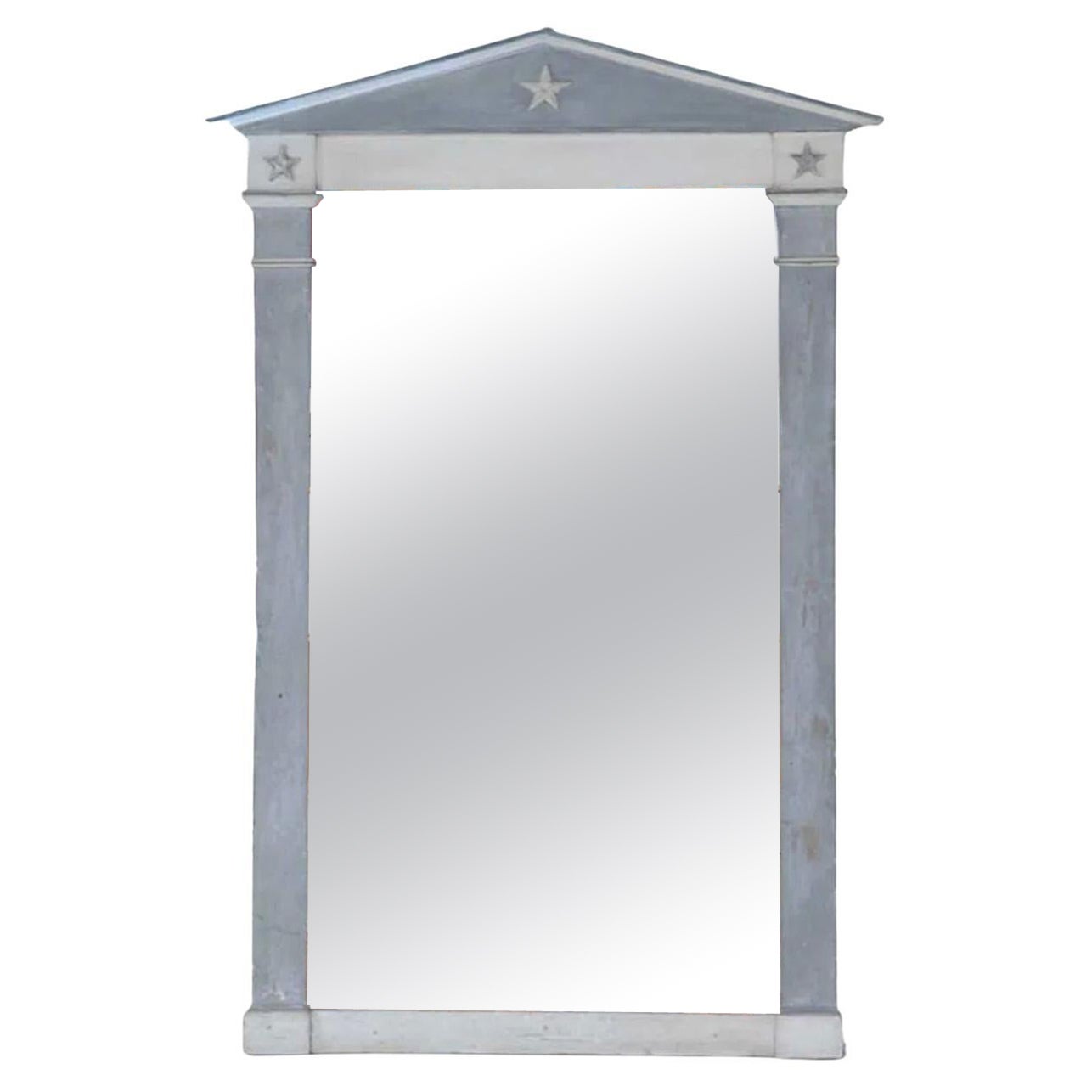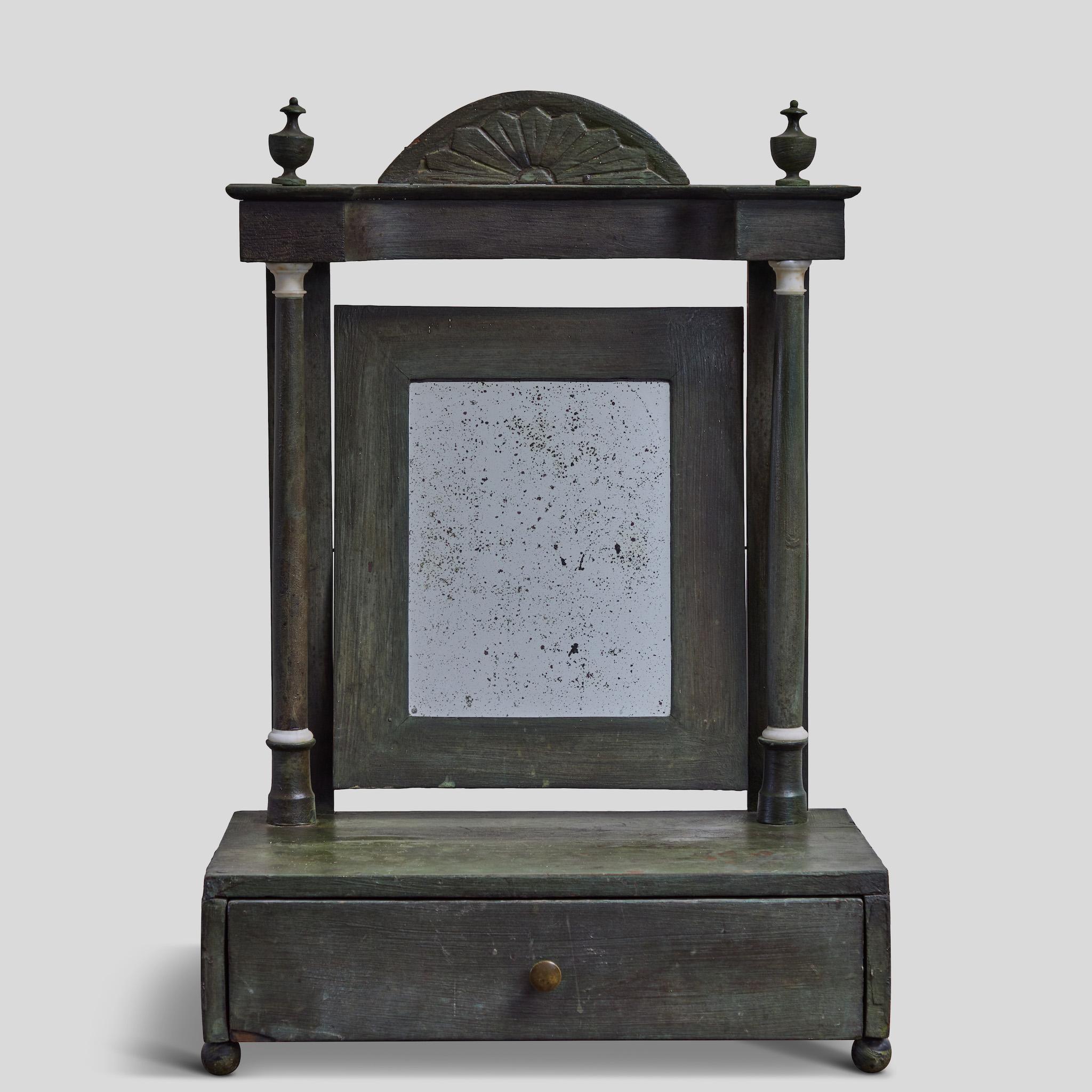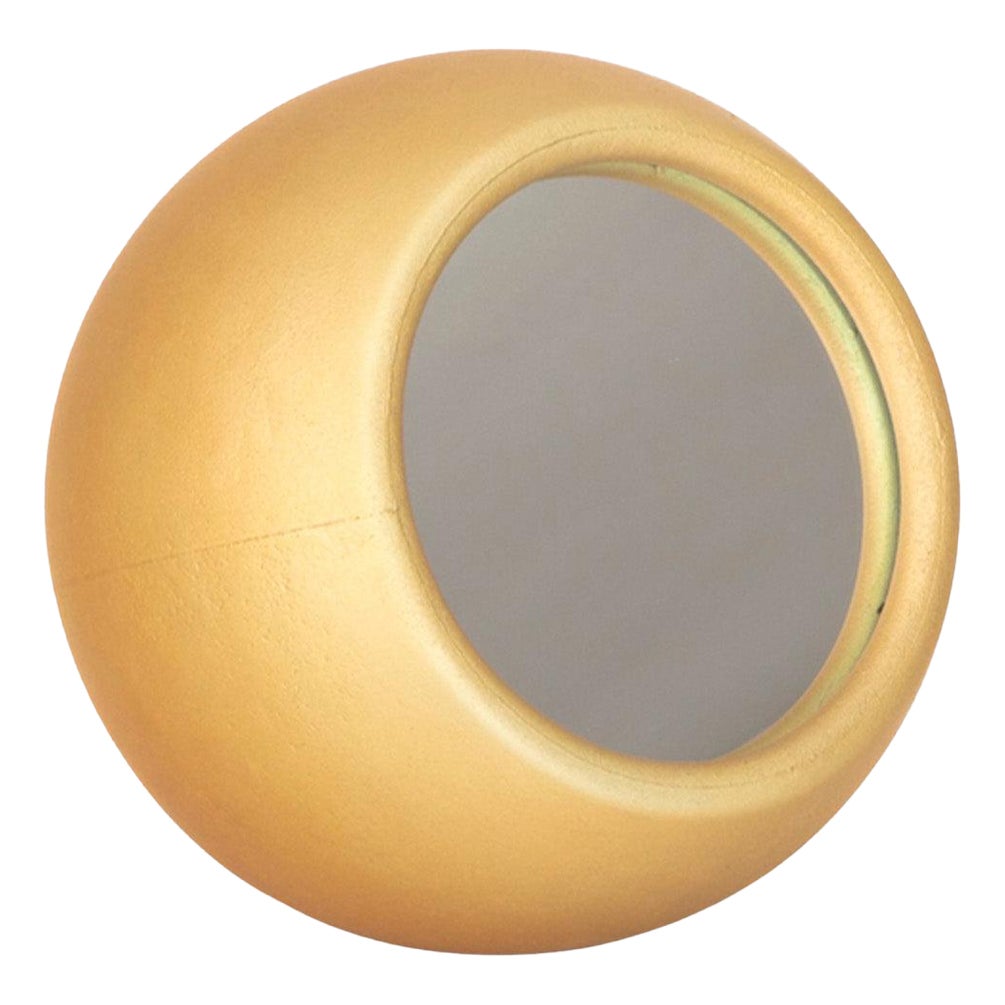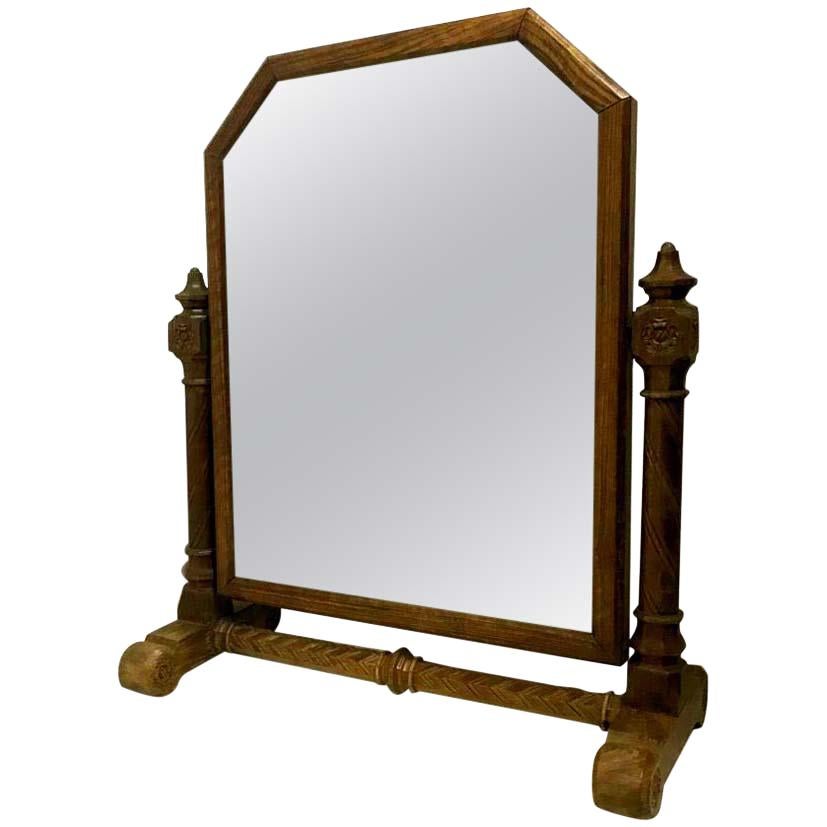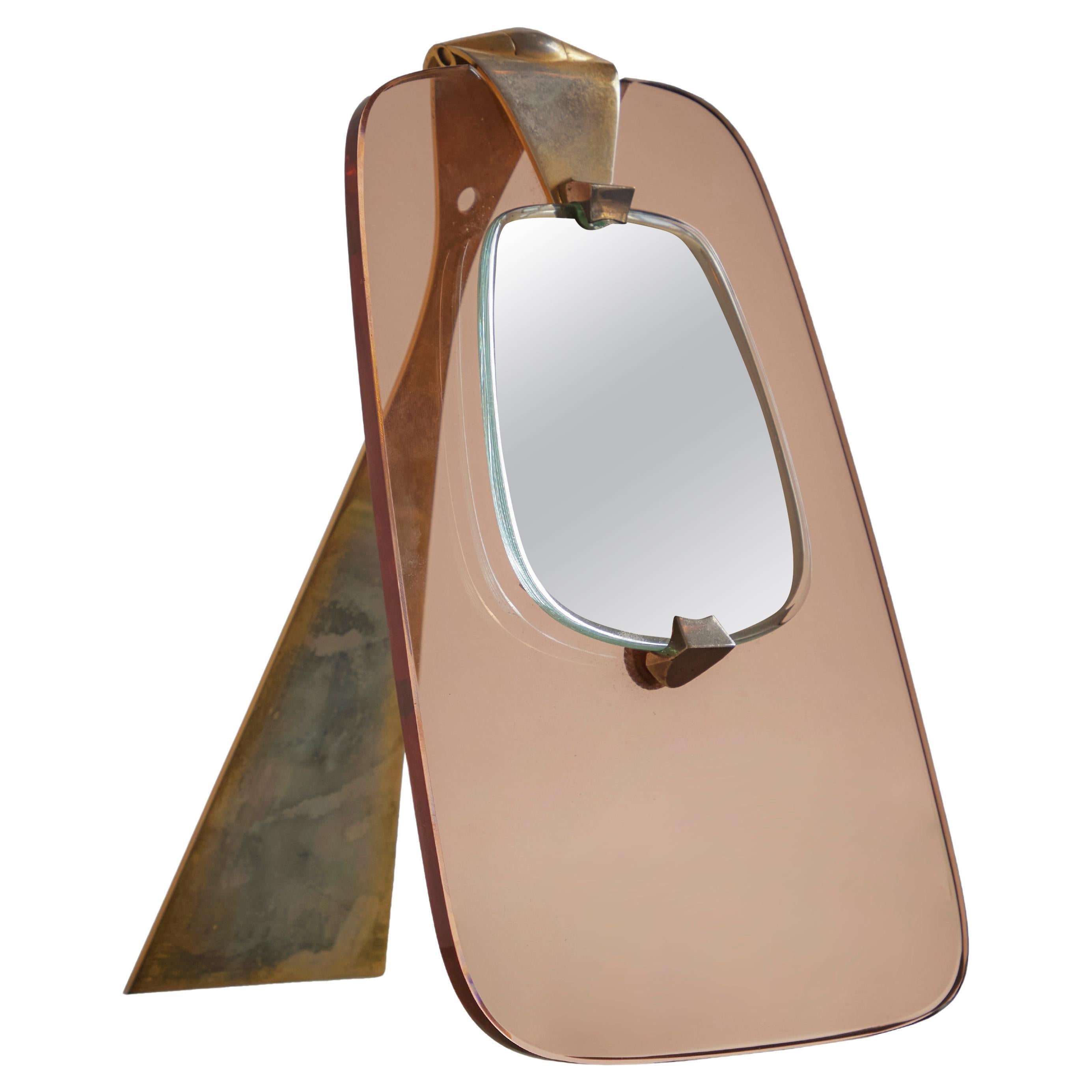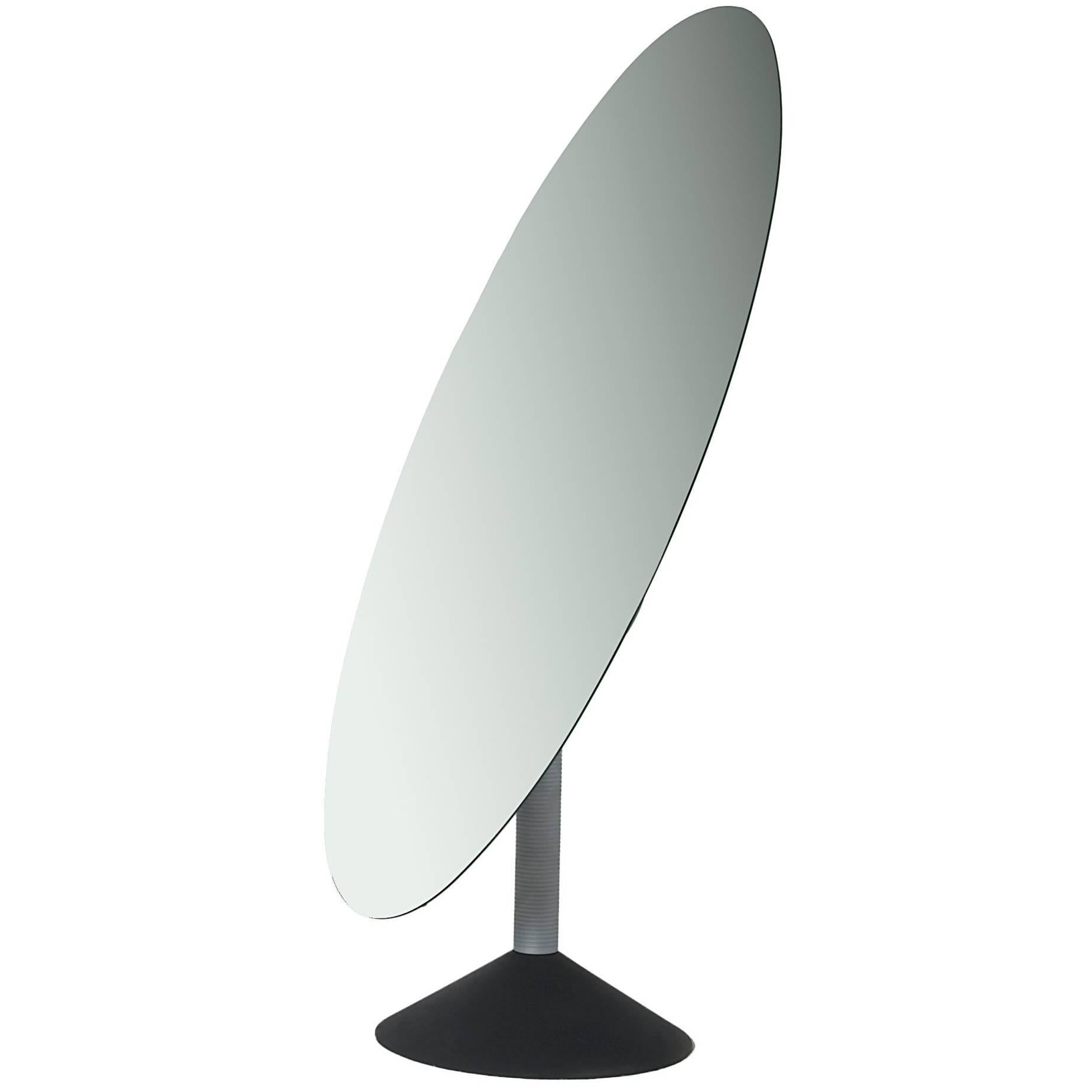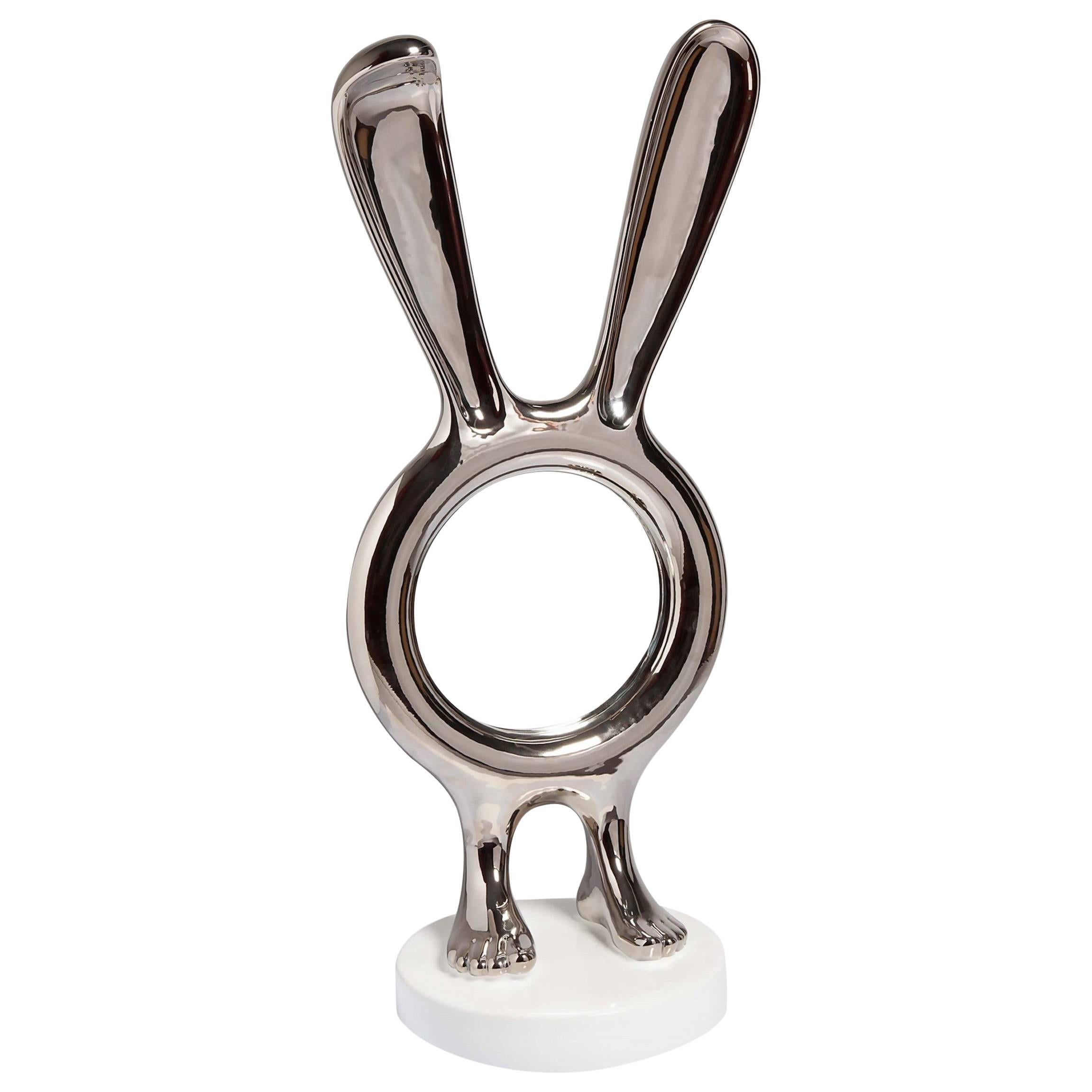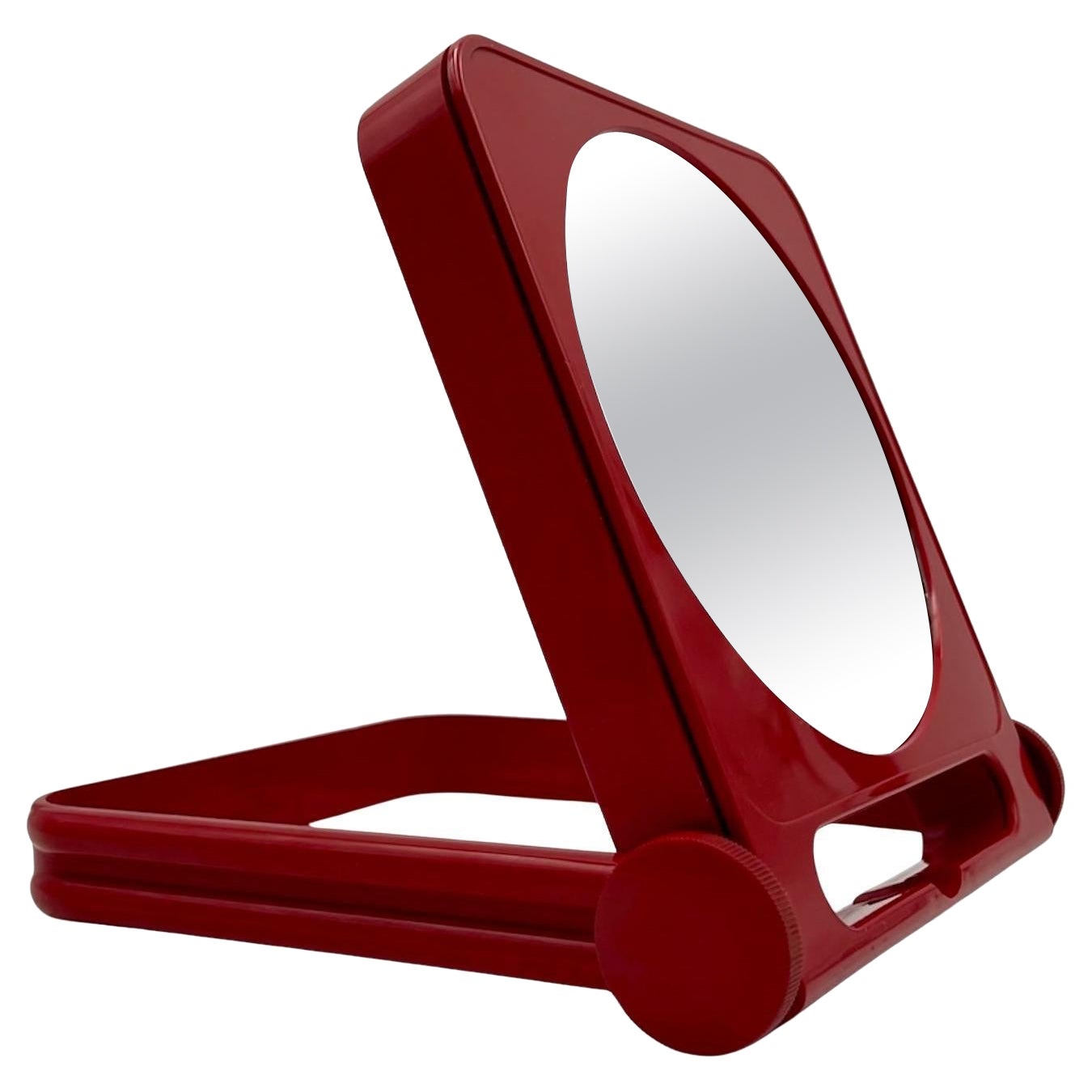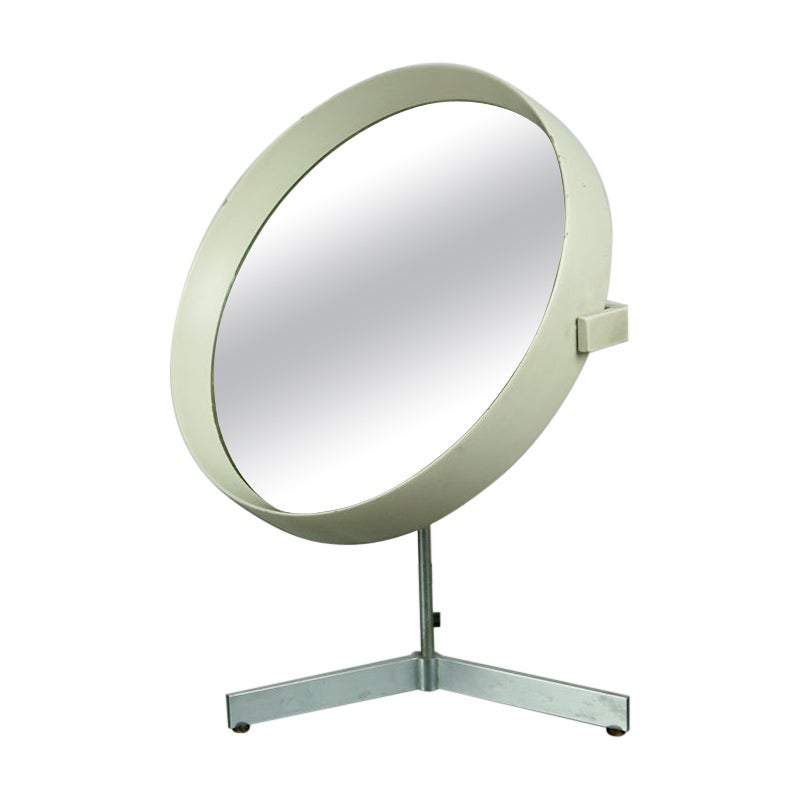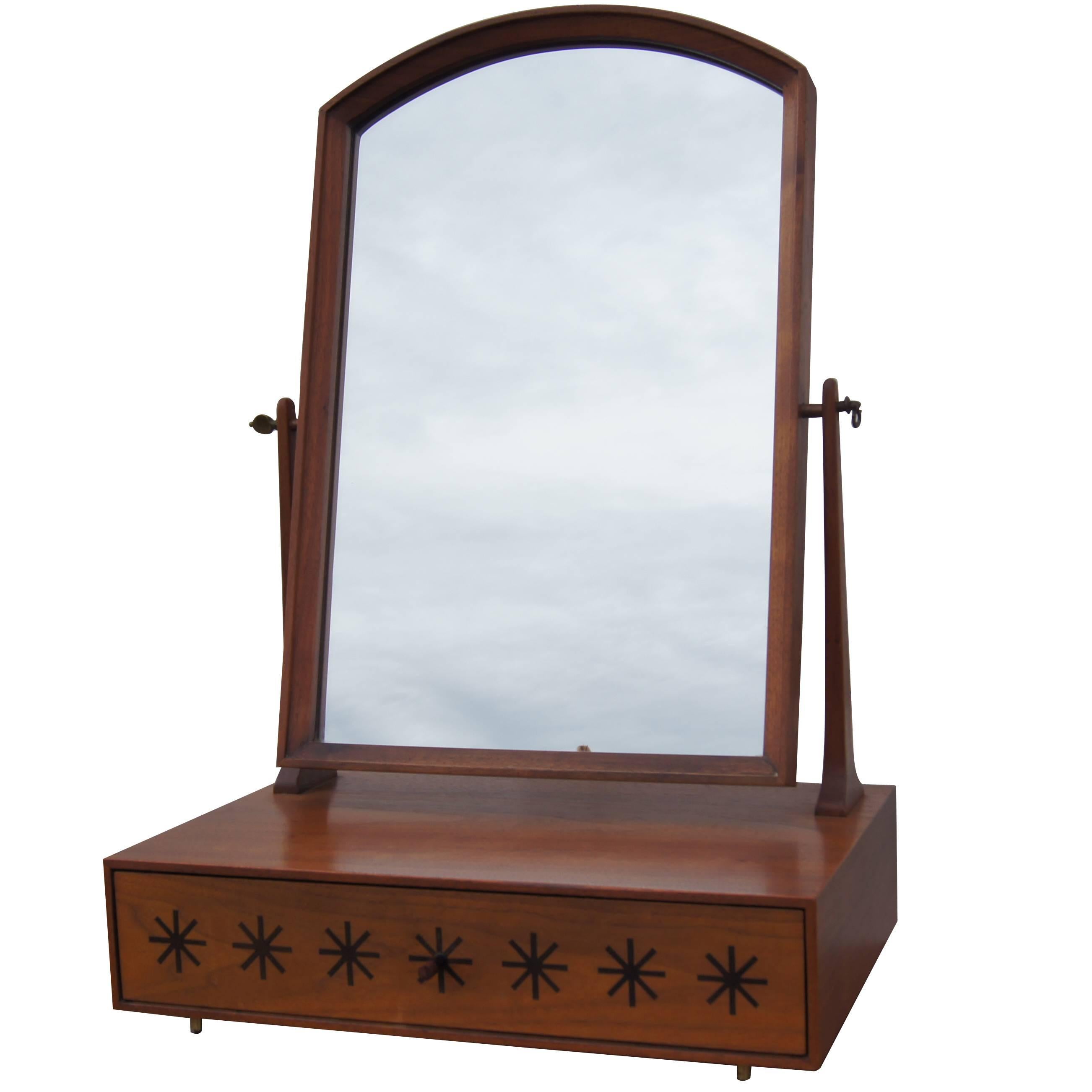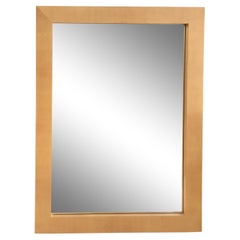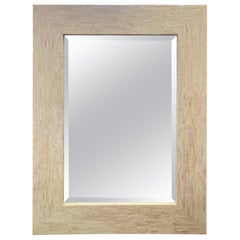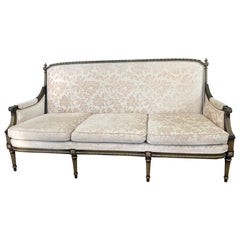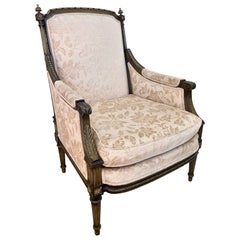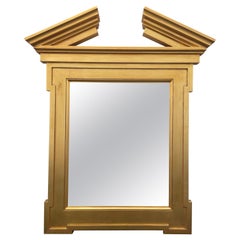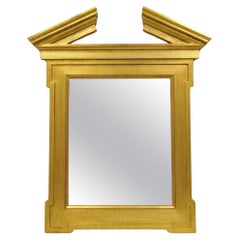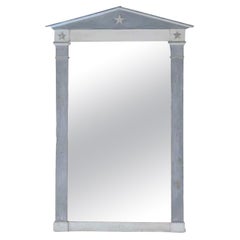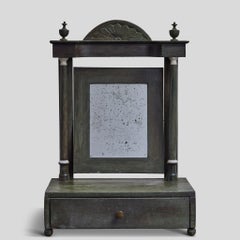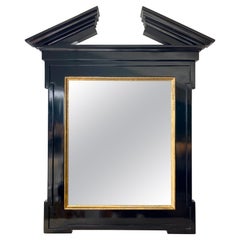
Broken Pediment Mirror by John Hutton for Donghia
View Similar Items
Broken Pediment Mirror by John Hutton for Donghia
About the Item
- Creator:Donghia (Designer)
- Dimensions:Height: 61 in (154.94 cm)Width: 50 in (127 cm)Depth: 5 in (12.7 cm)
- Style:Modern (Of the Period)
- Materials and Techniques:
- Place of Origin:
- Period:1990-1999
- Date of Manufacture:1990s
- Condition:Wear consistent with age and use. Some dings and nicks, but has been touched up in the past. Adds to the character for the age.
- Seller Location:Los Angeles, CA
- Reference Number:1stDibs: LU8230243530282
Donghia
With distinctive style touches like gray flannel upholstery and overstuffed seating, American designer Angelo Donghia (1935–85) was a visionary leader of bold interior design and furniture in the 1970s and ’80s. Although Donghia lived only to age 50, by the time of his death from AIDS-related pneumonia, his name graced numerous furniture and decor companies, in addition to his own interior designs.
After graduating from Parsons School of Design in 1959, Donghia joined the interiors firm of Yale R. Burge, and his star rose quickly from there. By 1963, he had been appointed vice president and in 1966, partner — a move that came with a name change for the firm to Burge-Donghia Interiors. In 1968, he founded the fabrics and wall coverings company & Vice Versa, and in 1978 he founded Donghia Furniture. With this holistic approach, Donghia was able to oversee nearly every element of an interior design project, which, for him, spanned everything from corporate offices (notably PepsiCo’s world headquarters in Purchase, New York) to the Metropolitan Opera Club at Lincoln Center to residential interiors for clients such as Diana Ross and Ralph Lauren.
After he inherited Burge’s firm, he continued to develop its reach as Donghia Associates. He opened a series of showrooms around the country to offer his designs to a wider audience, who loved the company’s marriage of minimal forms with luxe materials. His silver-foil ceilings, mixing of eclectic textile patterns and plush furniture set trends and, through mass marketing, influenced the direction of American interior design.
“I feel that I’ve developed my own style that is as classic and minimal as the ’30s style it reflects,” the designer once told New York magazine. In 2015, the retrospective “Angelo Donghia: Design Superstar” at the New York School of Interior Design chronicled his influence on all facets of modern interiors, from furnishings to wall coverings. It’s an approach that still resonates today. Donghia continued to operate as a company after his death, acquired by the Rubelli Group in 2005. After it filed for bankruptcy in 2020 and closed its showrooms, its name, designs, archives and inventory were acquired by Kravet.
Find authentic Donghia furniture today on 1stDibs.
Todd Hase LLC
More From This Seller
View AllEarly 2000s American Modern Wall Mirrors
Wood
Early 2000s American Modern Wall Mirrors
Mother-of-Pearl
Vintage 1960s French Louis XVI Sofas
Fabric, Wood
Vintage 1960s French Louis XVI Club Chairs
Fabric, Wood
Vintage 1960s French Louis XVI Club Chairs
Fabric, Wood
Vintage 1980s Modern Coffee and Cocktail Tables
Mirror, Wood
You May Also Like
20th Century Neoclassical Wall Mirrors
Giltwood, Mirror
Late 20th Century Unknown Biedermeier Wall Mirrors
Glass, Wood
Antique Mid-19th Century French Table Mirrors
Mirror, Wood
Antique 19th Century English Country Table Mirrors
Mirror, Paint, Wood
Vintage 1970s Italian Post-Modern Table Mirrors
Foam
Antique 1840s English Gothic Revival Table Mirrors
Walnut
